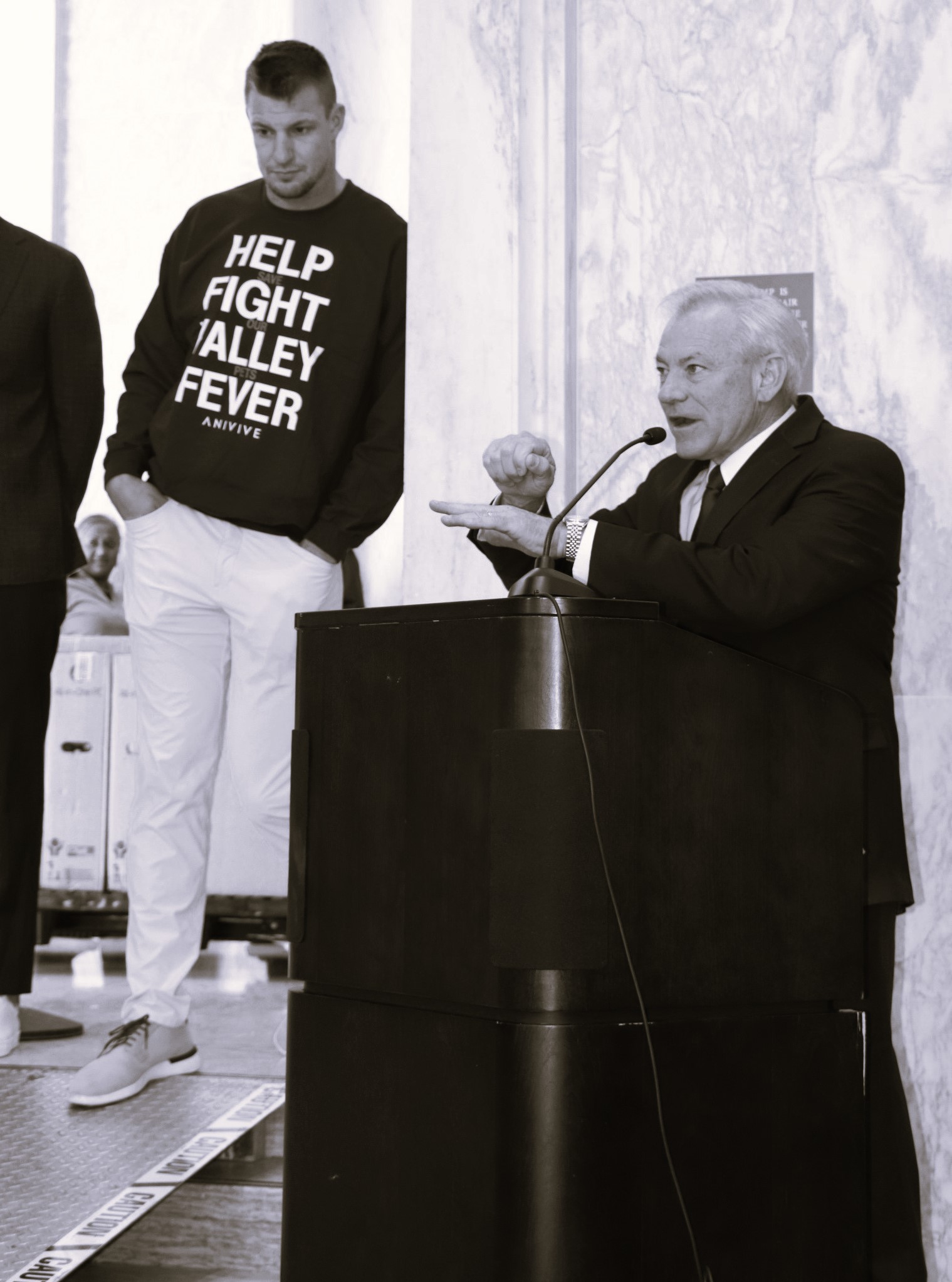
With tensions rising between Israel and Iran, I’m sharing key resources for anyone traveling in the Middle East. The U.S. Department of State has raised the region’s travel advisory to Level 4—“Do Not Travel”—and provided guidance for U.S. citizens looking to leave. Here’s what you need to know:

